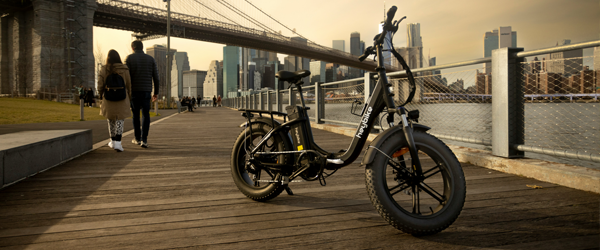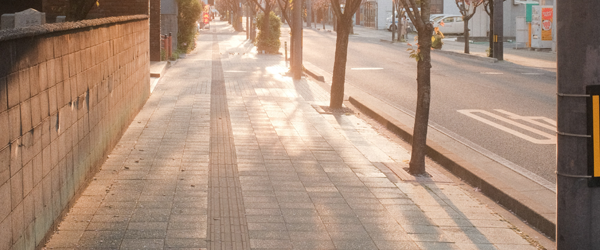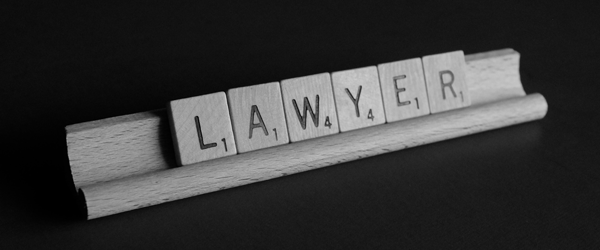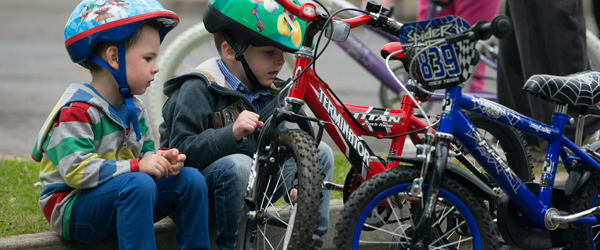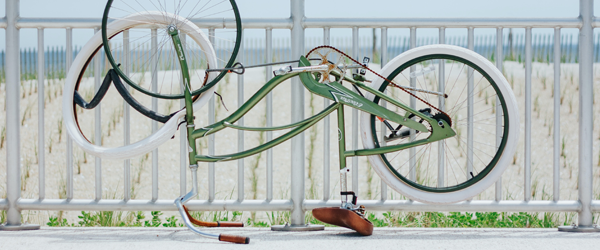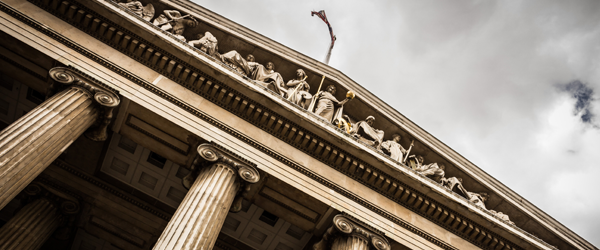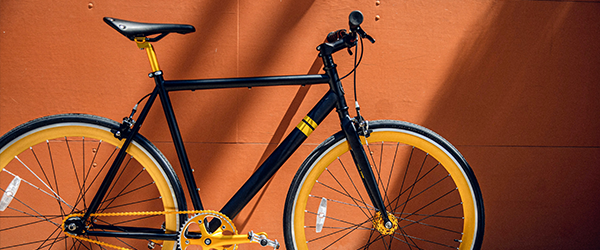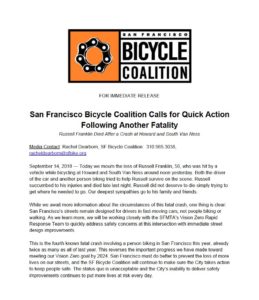
Ruling Strengthens Legal Protections and Reinforces Cities’ Responsibility to Maintain Safe Roads
Oakland, Calif., May 2, 2025 — In a powerful affirmation of bicyclists’ rights, the California Supreme Court has ruled in Whitehead v. City of Oakland (case S284303) that public entities cannot rely on liability waivers to avoid responsibility for dangerous road conditions. The decision marks a major legal milestone for bicycle safety and public accountability across the state.
The case involved cyclist Ty Whitehead, who suffered a traumatic brain injury during a charity training ride after hitting a large, obscured pothole on Skyline Boulevard in Oakland. Although Whitehead had signed a release form as part of the event, the Court ruled that such waivers cannot excuse a city from its statutory duty to maintain safe public roads. The Court unanimously found that exempting cities from liability in these cases violates California Civil Code section 1668, which prohibits contracts that waive responsibility for a violation of the law.
A pivotal amicus curiae brief supporting Whitehead was submitted by renowned bicycle attorney Shaana Rahman, founder of Rahman Law PC in San Francisco. Rahman authored the brief on behalf of San Francisco Bicycle Coalition, California Bicycle Coalition (CalBike), and Bike East Bay, offering the Court a critical perspective on the real-world impact of road hazards on bicyclists and the importance of holding cities accountable for infrastructure safety. The brief helped underscore how releasing cities from liability would endanger cyclists and undermine public safety efforts statewide.
“This decision is a win not just for one rider, but for every Californian who uses a bike to get around,” said Shaana Rahman, bike lawyer and founder of Rahman Law PC. “It sends a clear message that cities must take their responsibilities seriously—especially when it comes to keeping cyclists safe.”
The ruling clarifies that municipal liability cannot be sidestepped through fine print and reaffirms that cyclists are entitled to the same legal protections as any other road user. It is especially significant at a time when more Californians are choosing bicycles for health, transportation, and environmental reasons.
Organizations across the state have applauded the Court’s decision. Shaana Rahman is calling it “a critical step forward for equity, accountability, and the safety of all who share our roads.”
Court Docket Info (PDF): https://www.rahmanlawsf.com/wp-content/uploads/Ca-Supreme-Court-Bike-Opinion_Whitehead-v.-City-of-Oakland-S284303.pdf
About Rahman Law PC
The personal injury lawyers at Rahman Law PC are powerful advocates for people who have been injured through no fault of their own. What makes Rahman Law PC different from other personal injury law firms is they care about what happens to their clients; they aggressively advocate for their clients’ interests and have a personal relationship with each client, taking the time to listen and figure out solutions that make sense from a legal point of view but also from a human perspective. By providing the highest quality legal services to those who have been injured or have suffered wrongdoing at the hands of other individuals, corporations, or public entities, the personal injury attorneys and trial lawyers at Rahman Law PC have a proven track record of results and have successfully recovered millions of dollars for clients throughout California. Rahman Law PC offers clients attentive service backed with big firm experience, making them ready to take on any opponent. To learn more about the personal injury lawyers at Rahman Law PC, visit https://www.rahmanlawsf.com or call (415) 956-9245 in San Francisco, (805) 619-3108 in Paso Robles, California.

